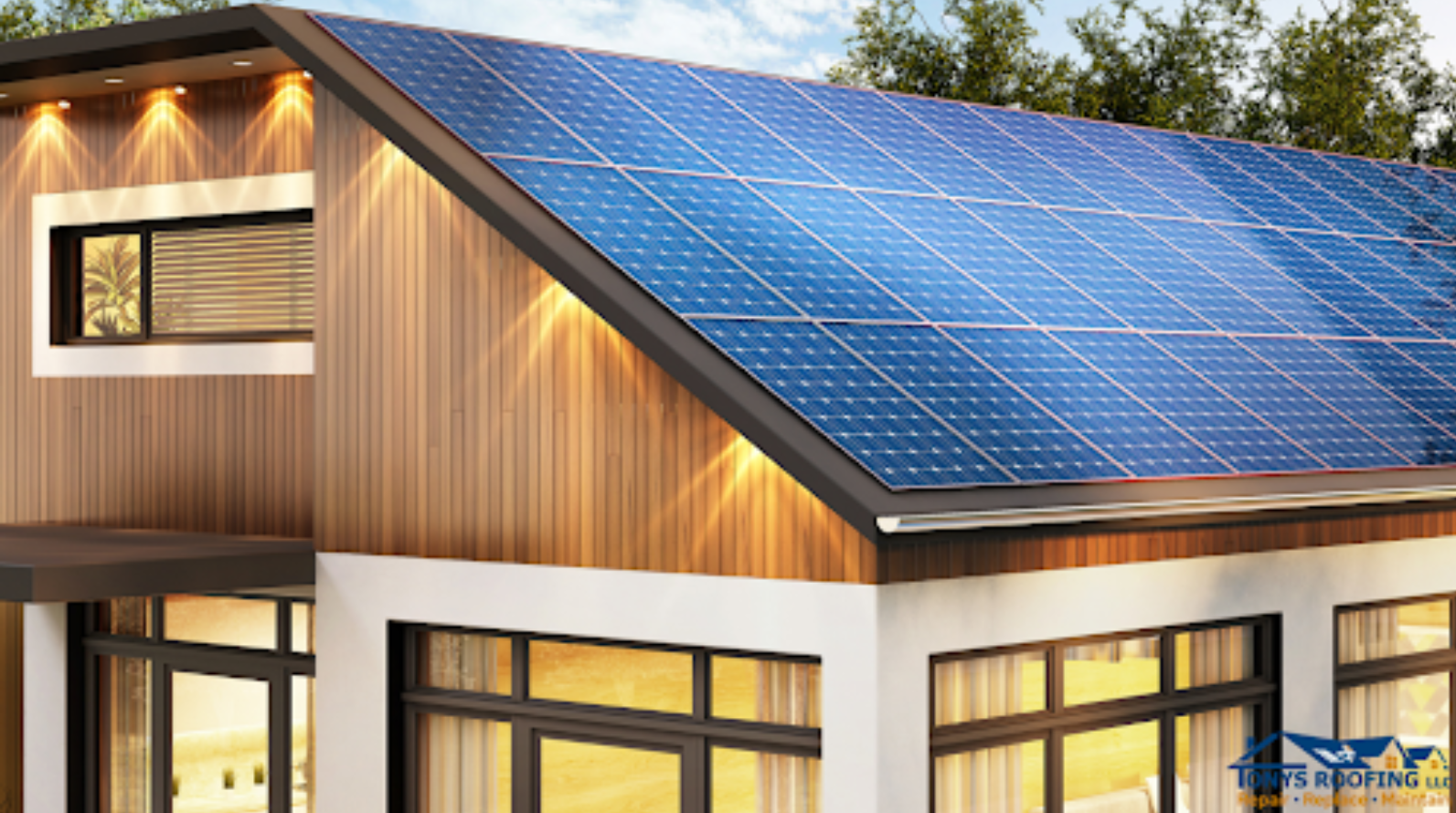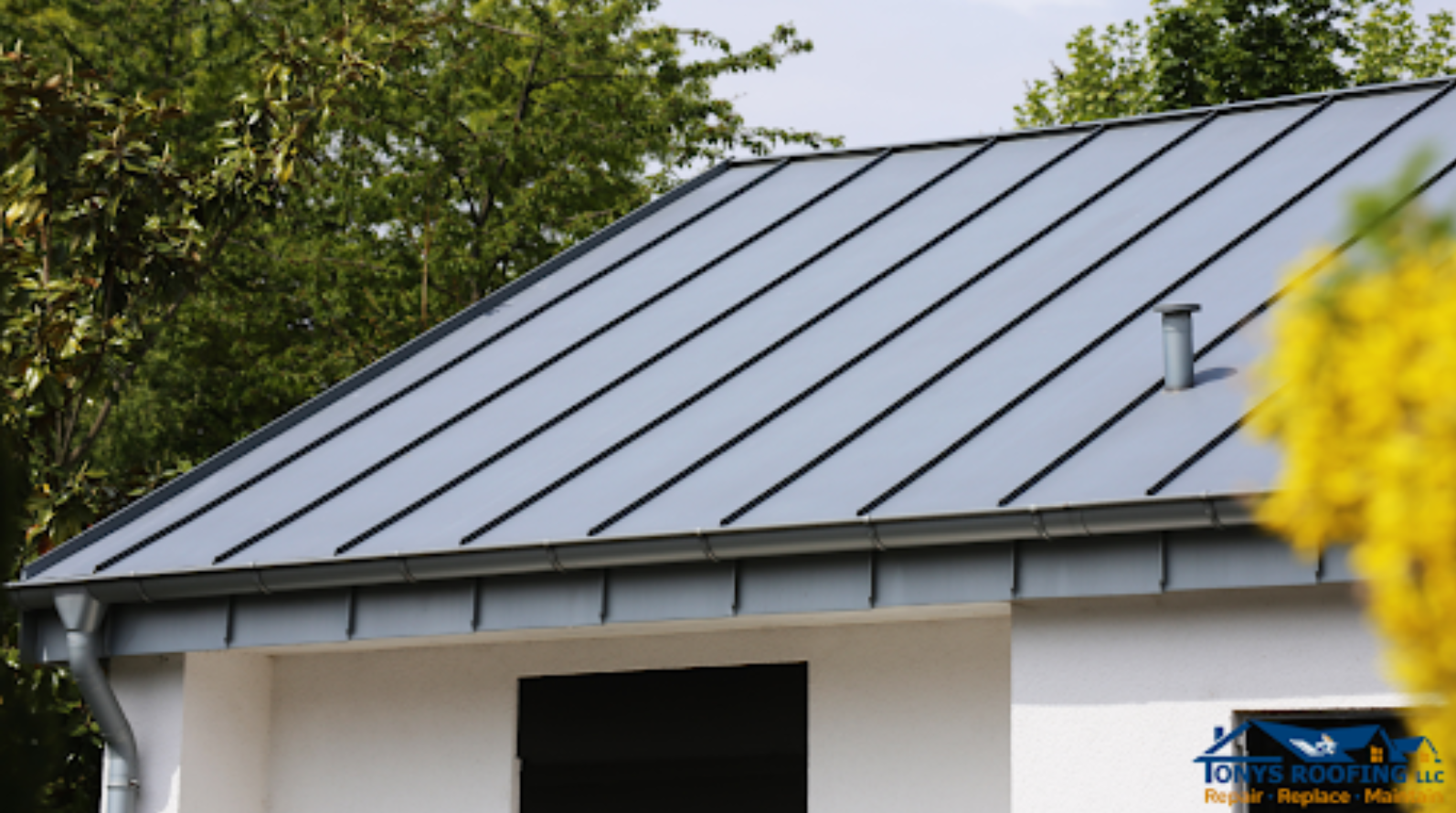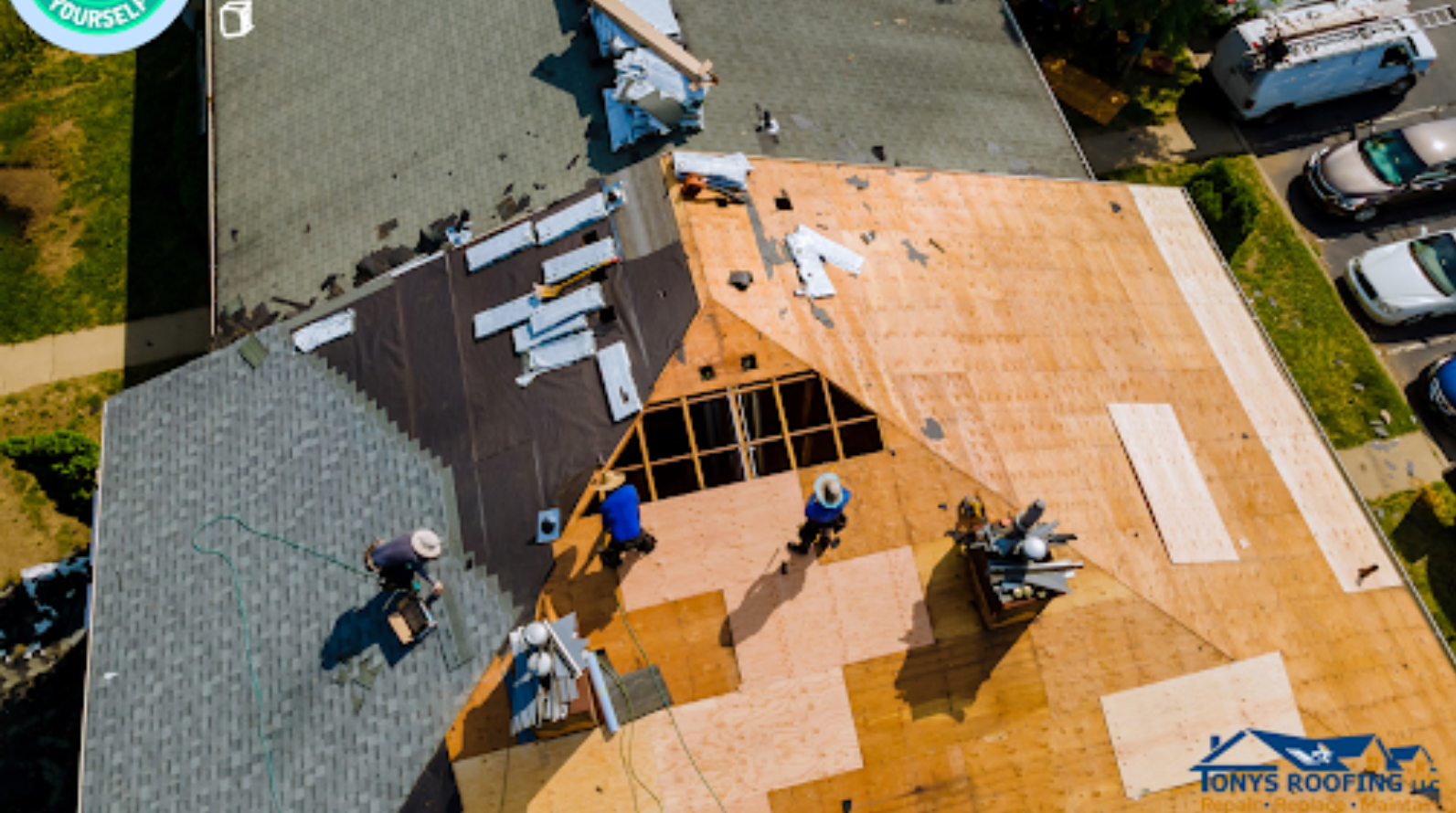The commercial roofing industry is constantly evolving, driven by advancements in technology, changing environmental concerns, and the need for more sustainable and efficient solutions. As we enter 2023, it’s essential for businesses and building owners to stay informed about the latest trends shaping the commercial roofing landscape.
In This Article, We Will Explore The Top Commercial Roofing Trends Of 2023, Highlighting Innovative Materials, Technologies, And Practices That Are Transforming The Industry
1. Sustainable Roofing Solutions
Sustainability continues to be a prominent trend in commercial roofing. Businesses are increasingly seeking eco-friendly options that reduce their environmental impact and lower energy costs. Green roofs, which incorporate vegetation and plant life, are gaining popularity as they provide insulation, reduce stormwater runoff, and improve air quality. Additionally, solar roofing is becoming more accessible and affordable, allowing businesses to harness renewable energy while benefiting from long-term cost savings.
2. Cool Roofing Systems
Cool roofing systems are designed to reflect sunlight and absorb less heat than traditional roofs. These systems are typically made from highly reflective materials and coatings that reduce the heat transferred into the building, resulting in energy savings and improved comfort. In 2023, we can expect to see an increase in the adoption of cool roofing systems, driven by their energy efficiency benefits and the growing demand for sustainable building practices.
3. Advanced Roofing Technologies
Technology is revolutionizing the commercial roofing industry, offering enhanced efficiency, safety, and monitoring capabilities. Drones are being used for aerial inspections, providing detailed imagery and data for accurate assessments. Thermal imaging technology helps detect moisture and insulation issues, enabling proactive maintenance and reducing the risk of damage. Additionally, building management systems and sensors are being integrated into roofing systems, allowing for real-time monitoring of conditions such as temperature, humidity, and leaks.
4. Single-Ply Membrane Roofing
Single-ply membrane roofing systems, such as TPO (thermoplastic olefin) and EPDM (ethylene propylene diene monomer), are gaining popularity in commercial applications. These membranes offer durability, flexibility, and ease of installation. TPO membranes, in particular, are known for their energy efficiency and resistance to UV rays, chemicals, and punctures. As businesses prioritize cost-effectiveness and long-term performance, the demand for single-ply membrane roofing is expected to grow in 2023.
5. Roof Coatings and Restoration

Roof coatings and restoration solutions are becoming an increasingly popular alternative to roof replacements. These coatings, which can be applied to various types of roofs, provide a protective barrier against UV rays, moisture, and other environmental elements. They can extend the lifespan of existing roofs, reduce maintenance needs, and enhance energy efficiency. Roof restoration systems not only save costs but also contribute to sustainable practices by minimizing waste and landfill burden.
6. Integrated Solar Roofing
As businesses embrace renewable energy, integrated solar roofing systems are gaining traction. These systems combine the functionality of a traditional roof with solar panels seamlessly integrated into the design. Integrated solar roofing provides an aesthetically pleasing solution, eliminates the need for additional mounting structures, and maximizes solar energy generation. With advancements in solar technology and decreasing costs, integrated solar roofing is expected to be a prominent trend in commercial buildings in 2023.
7. Enhanced Roofing Insulation

Roofing insulation plays a crucial role in energy efficiency and occupant comfort. In 2023, there will be an increased focus on enhanced insulation materials and techniques. High-performance insulation materials, such as spray foam and rigid insulation boards, are being utilized to minimize heat loss, reduce energy consumption, and improve overall building performance. Proper insulation helps maintain stable indoor temperatures, reducing the reliance on heating and cooling systems.
Conclusion
As the commercial roofing industry evolves, it is essential for businesses to stay informed about the latest trends and advancements. Sustainable roofing solutions, cool roofing systems, advanced technologies, single-ply membranes, roof coatings, integrated solar roofing, and enhanced insulation are the top trends shaping the commercial roofing landscape in 2023. By embracing these trends, businesses can achieve greater energy efficiency, reduce environmental impact, and ensure long-term cost savings while maintaining the integrity and performance of their commercial roofs.





















